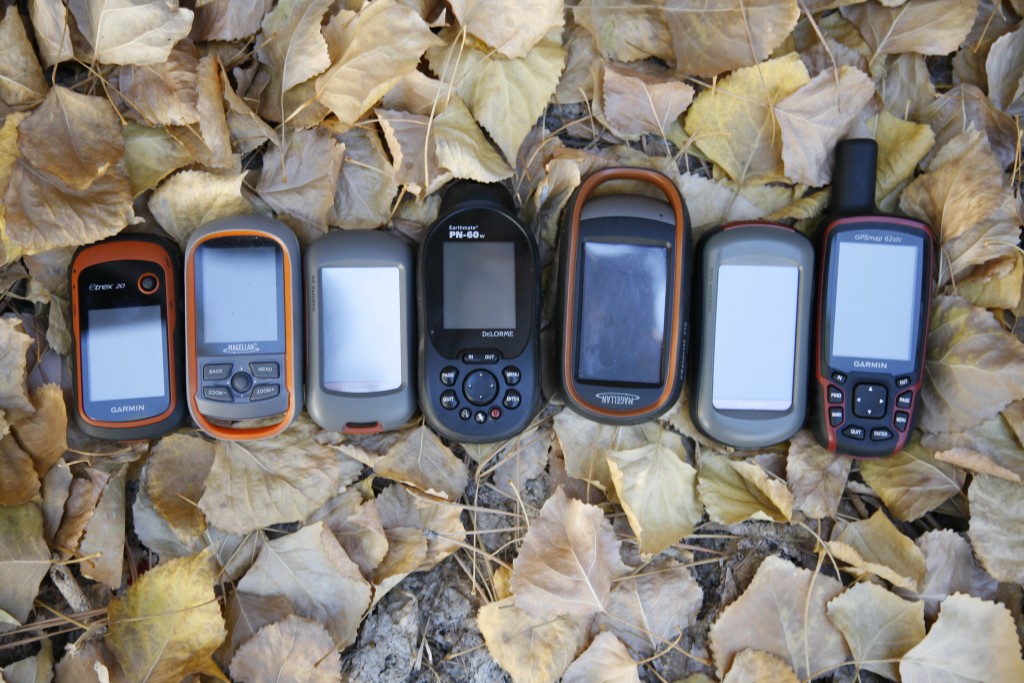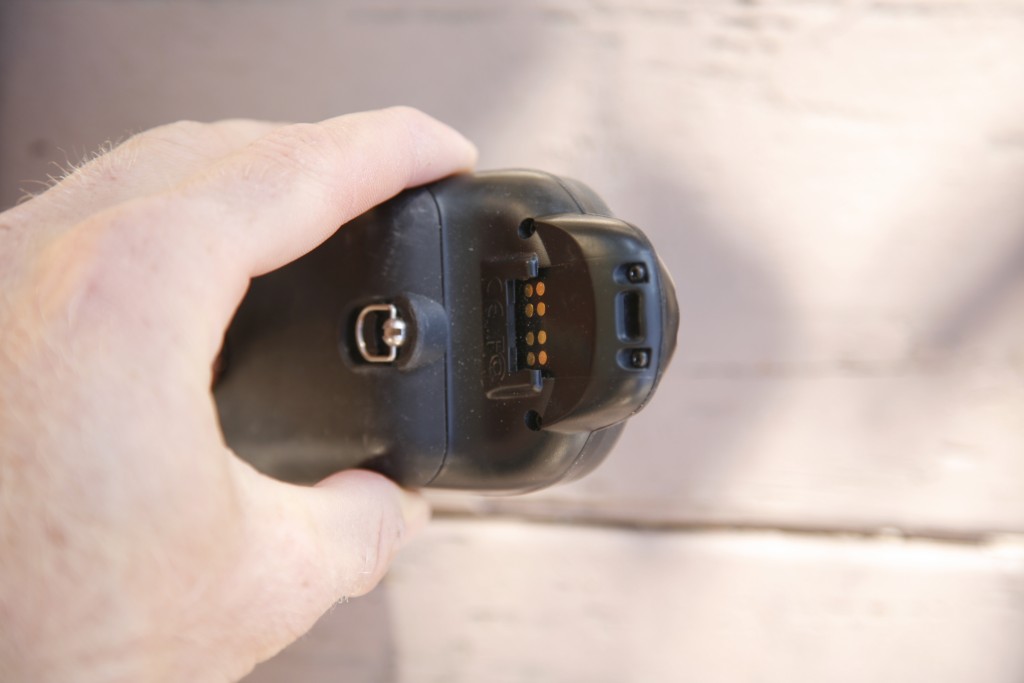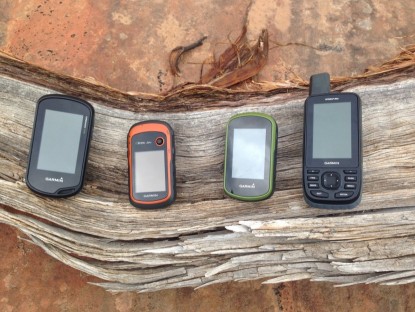DeLorme PN-60W Review
Our Verdict
Our Analysis and Test Results
Likes
The DeLorme PN-60W is a medium sized, fully featured handheld hiking GPS that pairs with an inReach satellite communicator for two way text messaging anywhere on the planet. Except for the additional wireless card, the PN-60W is identical to the PN-60. These two units make up the entire DeLorme GPS line.
The PN-60W features reliable buttons and a small screen that's visible in a wide range of light conditions. Two AA batteries power the unit and its 3.5 GB internal storage can be supplemented with a SD card that inserts under the battery pack.
DeLorme ships the PN-60W with its Topo North America mapping software, a comprehensive suite of detailed topo maps. Topo North America is more powerful than Magellan's VantagePoint and Garmin's Basecamp software. For example, a plotted track can show your elevation and speed over time (see photo), where other software will only show your elevation or speed. Unfortunately, Topo North America's interface is less intuitive, less pretty, and therefore not as beginner friendly as others. It's also only compatible with Windows (Mac users will want to use Garmin's Basecamp or run Topo North America with a Windows emulator). If you want to analyze the data you collect we suggest a free, open source GIS.
The PN-60W's main selling point is its ability to pair with inReach, a satellite communicator that allows you to send and receive text messages through the PN-60W. The PN-60W's keyboard, however, is very slow at entering text: one has to navigate with the toggle from one letter to another, pressing Enter to select each letter. The system is good for sending an occasion message, like "We're having a great time. Be back on Tuesday, not Monday." InReach costs $249 plus a subscription that starts at $9.99 per month (for 10 messages).
Comparing inReach to other satellite communicators is also important. One alternative to inReach is a SPOT device, which broadcasts your position to others or can send a SOS signal to search and rescue. Though the PN-60W used to be sold with SPOT, they've "upgraded" to inReach because it has pole-to-pole coverage and is capable of two-way messaging. This author believes a SPOT is the lightest and cheapest way to have the peace of mind that you'll be found if injured or lost. A satellite phone, however, might be better if you need to send or receive lots of information. Satellite phones are required on most hardcore adventure races and are often the choice of ultralight solo hikers (such as Andrew Skurka) who navigate with map and compass. If you do risky things alone and carry a GPS and also want the security of a satellite messenger the PN-60W might be right for you.
Dislikes
We're impressed with the PN-60W's ability to pair with inReach, but the GPS itself performs poorly compared to the other six models we tested. The most striking drawback is the unit's small screen, which is mounted on a much larger glossy surface that gives the illusion that the screen is larger than it is. The PN-60W weighs 6.9 oz., which makes it the third heaviest unit we tested. The battery compartment locks on tightly with two small screws that take a long time to twist. (All Magellan and DeLorme units have quick release back panels that are equally waterproof, but faster.) Faster is better because you can change batteries or swap out the SD card quicker.
Similarly, the PN-60W's data port, which is archaic looking and proprietary, is exposed on the back of the unit. This port avoids waterproofing issues found with mini-USB ports (USB ports don't like water), but it's proprietary (a bad thing). Though we didn't have any problems with the port's performance during our testing period we are concerned that dirt and grime might accumulate in the small slot over the long-term. The PN-60W's proprietary port is bad because you can only use the included cable to pull data off the device. The mini-USB ports found on all other devices tested here are also, conveniently, used in many types of electronic gadgets, and can be acquired cheaply from a variety of sources (you probably already some one or more).
Finally, the PN-60W's hang loop (that attaches to a lanyard and hangs around your neck) lies at the top of the unit. This is an unfortunate design error: all other units we tested have their loops on the bottom of the unit. Why? Answer: it's easier to flip up the GPS when it's hanging from the bottom of the unit. By locating the loop on top DeLorme puts the lanyard in front of the display, which makes it harder to see. This drawback is especially apparent when you're using a GPS constantly for eight hours a day, seven days a week. Our testers much preferred other units for high use activities.
On the whole, we recommend the PN-60W if you satisfy three conditions: 1) you need a handheld hiking GPS, 2) you need a satellite communicator, and 3) you have determined that inReach isn't the satellite communicator that best suits your needs.





